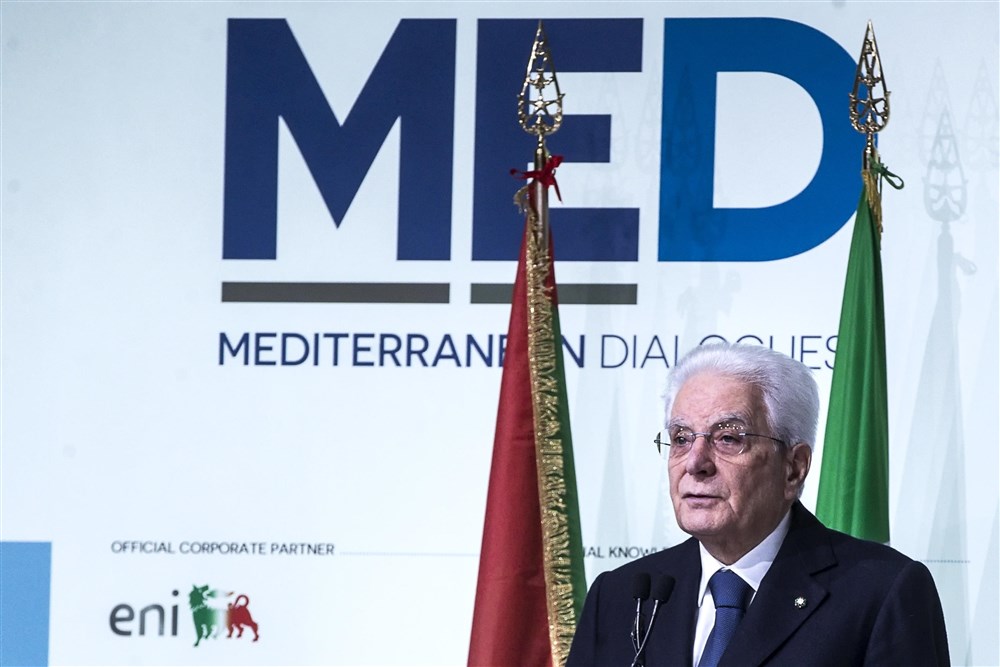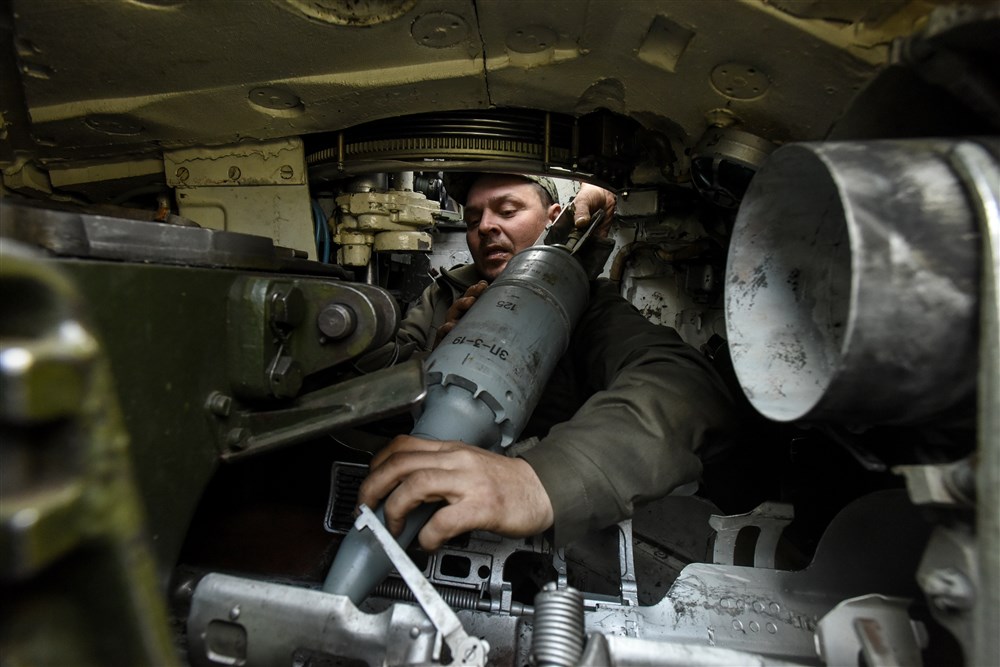Faced with a Ukraine War of uncertain outcome and an ongoing surge in migrant arrivals, Europe has decided to fence itself off from the rest of the world.
The term ‘Fortress Europe’ used to be a subject for debate between those determined to prevent illegal or ‘irregular’ arrivals and those who believed Europe should remain open to those in need.
That debate is now over, as proven by the erection of fences across the bloc’s eastern flank.
Finland is the latest nation to pen itself in, and unwanted Russians out.
Helsinki has ordered the construction of a 200km fence on its border “to boost security”, the BBC reports.
The previous wooden fence – designed with animals in mind – is no good at keeping out “Russians seeking to escape conscription to fight in Ukraine“. One wonders if the new fence might have other potential military purposes.
Poland, which announced the construction of a high-tech fence along the border with Russia’s Kaliningrad Oblast earlier this year, will equip it with anti-tank ‘hedgehogs’, according to reports. The New Cold War is especially tense along this border. Dutch F-35s intercepted three Russian military aircraft near Poland last month, Reuters reported.
Elsewhere, and with migrants rather than Russians in mind, Bulgaria wants EU funds to help construct a fence along the Turkish border. Opponents of Fortress Europe tried to push back on this idea at the February summit of EU leaders, though most national capitals are today resigned to the principle. Greece already has a fence along its border with Turkey. The Ceuta and Melilla border fences separating Spain’s north African enclaves and Morocco are often in the news, usually because migrants try to storm them, sometimes with catastrophic consequences. The EU has a longstanding, and controversial, deal with Turkey that involves large sums of money in exchange for holding back migrants.
Campaigners have documented hundreds of alleged ‘pushbacks’ of incoming migrants by a number of European authorities, an illegal practice. Their evidence – compiled in huge tomes – can be found in the press room of the European Parliament. The EU’s own border service, Frontex, has reportedly been involved in these pushbacks.
Former Frontex head, Fabrice Leggeri, resigned after findings by EU anti-fraud watchdog OLAF suggesting its officials knew about migrants being pushed back into the Mediterranean Sea and did nothing, as Brussels-based Politico reminds us today. The agency has gone from controversy to controversy and has struggled to find leadership.
Migrant deaths off the coast of Italy have kept this subject in the news.





United but fragile: Europe and Ukraine